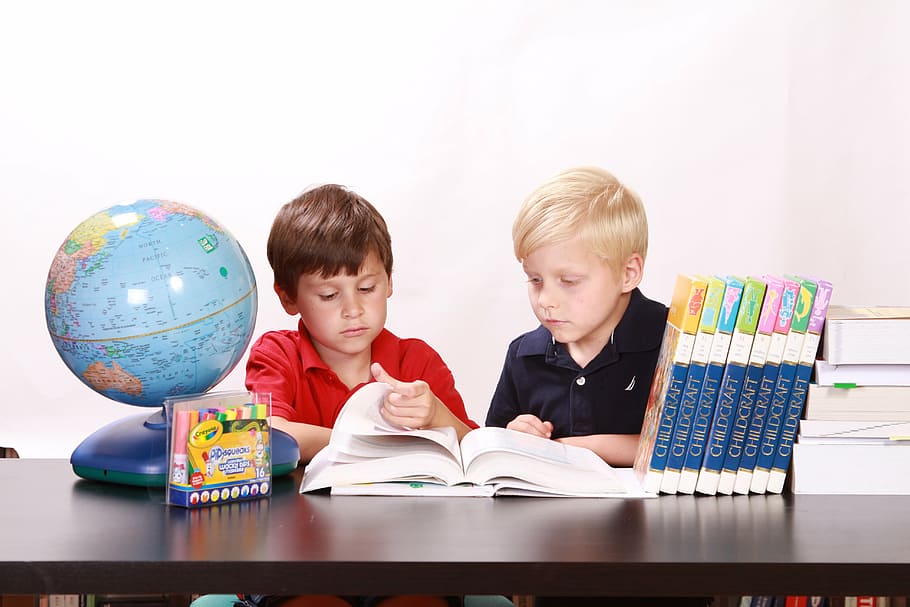- Email Ussureshguragain2@gmail.com
- Call Us9840015215, 9849919533
-
FeedbackComplain

Montessori’s method of education is the dynamic triad of child, teacher and environment. One of the teacher’s roles is to guide the child through what Montessori termed the 'prepared environment, i.e., a classroom and a way of learning that are designed to support the child’s intellectual, physical, emotional and social development through active exploration, choice and independent learning. One way of making sense of the Montessori method for the purposes of this review is to consider two of its important aspects: the learning materials, and the way in which the teacher and the design of the prepared environment promote children’s self-directed engagement with those materials. With respect to the learning materials, Montessori developed a set of manipulable objects designed to support children’s learning of sensorial concepts such as dimension, colour, shape and texture, and academic concepts of mathematics, literacy, science, geography and history. With respect to engagement, children learn by engaging hands-on with the materials most often individually, but also in pairs or small groups, during a 3-h 'work cycle' in which they are guided by the teacher to choose their own activities. They are given the freedom to choose what they work on, where they work, with whom they work, and for how long they work on any particular activity, all within the limits of the class rules. No competition is set up between children, and there is no system of extrinsic rewards or punishments. These two aspects—the learning materials themselves, and the nature of the learning—make Montessori classrooms look strikingly different to conventional classrooms.
It should be noted that for Montessori the goal of education is to allow the child’s optimal development (intellectual, physical, emotional and social) to unfold.2 This is a very different goal to that of most education systems today, where the focus is on attainment in academic subjects such as literacy and mathematics. Thus when we ask the question, as this review paper does, whether children benefit more from a Montessori education than from a non-Montessori education, we need to bear in mind that the outcome measures used to capture effectiveness do not necessarily measure the things that Montessori deemed most important in education. Teachers and parents who choose the Montessori method may choose it for reasons that are not so amenable to evaluation.
The goal of this section is to isolate some key elements of the Montessori method, in order to better understand why, if Montessori education is effective, this might be, and what elements of it might usefully be evaluated by researchers. These are important considerations because there is considerable variability in how the Montessori method is implemented in different schools, and the name, which is not copyrighted, is frequently used without full adherence.5,6 Nevertheless, some elements of the method might still be beneficial, or could be successfully incorporated (or, indeed, are already incorporated) into schools that do not want to carry the name 'Montessori' or to adhere fully to its principles. Pinpointing more precisely what—if anything—about the Montessori method is effective will enable a better understanding of why it works. Furthermore, it has been argued that there might be dangers in adopting wholesale and uncritically an educational method that originated over 100 years ago, in a world that was different in many ways to today’s.7 If the method is to be adopted piecemeal, which pieces should be adopted? As outlined previously, two important aspects of Montessori’s educational method are the learning materials, and the self-directed nature of children’s engagement with those materials. Some key elements of each of these aspects will now be considered in turn.
The first learning materials that the child is likely to encounter in the Montessori classroom are those that make up the practical life curriculum. These are activities that involve pouring different materials, using utensils such as scissors, tongs and tweezers, cleaning and polishing, preparing snacks, laying the table and washing dishes, arranging flowers, gardening, doing up and undoing clothes fastenings, and so on. Their aims, in addition to developing the child’s skills for independent living, are to build up the child’s gross and fine motor control and eye-hand co-ordination, to introduce them to the cycle of selecting, initiating, completing and tidying up an activity (of which more in the next section), and to introduce the rules for functioning in the social setting of the classroom.